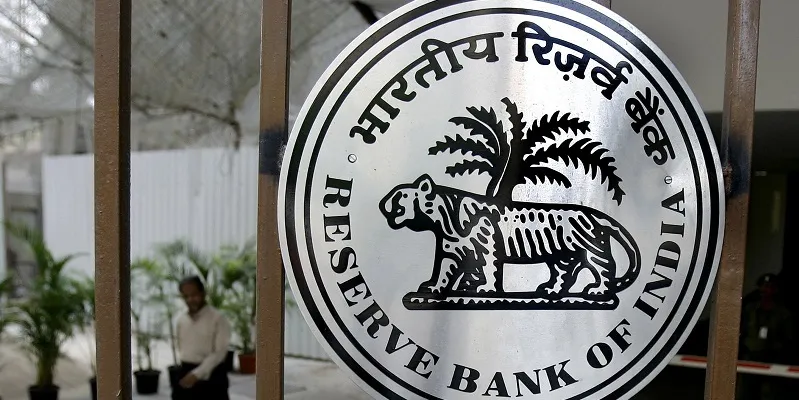10 areas RBI is looking at for its fintech regulatory sandbox
RBI said that innovation and technologies around credit registry and information, cryptocurrency and assets, trading, ICO and chain marketing services may not be accepted as a part of the sandbox.
Looking at the growing significance of innovations in financial technology, the Reserve Bank of India (RBI) has released a draft around the regulatory sandbox framework for stakeholders to comment.
Explaining the need for the regulatory sandbox, the RBI commented that the regulatory sandbox (RS) usually refers to live testing of new products or services in a controlled or test regulatory environment for which regulators may (or may not) permit certain regulatory relaxations for the limited purpose of the testing.

The regulatory sandbox will further allow the regulator, the innovators, the financial service providers (as potential deployers of the technology) and the customers (as final users) to conduct field tests to collect evidence on the benefits and risks of new financial innovations, while carefully monitoring and containing their risks.
Some of the indicative areas which the RBI has been considering for the sandbox involve retail payments, money transfer services, marketplace lending, digital KYC, financial advisory, wealth management, digital identification services, smart contracts, financial inclusion and cyber security products.
At the same time, the RBI said that innovation and technologies around credit registry and information, cryptocurrency and assets, trading, ICO and chain marketing services may not be accepted as a part of the sandbox.
The RBI further added that the focus of the sandbox will be at innovations, which have an absence of governing regulations; a need to temporarily ease regulations for enabling the proposed innovation; or is expected to effect the delivery of financial services in a significant way.
Highlighting the benefits of this setup, the RBI stated that the regulatory sandbox will allow regulators to obtain first-hand empirical evidence on the benefits and risks of emerging technologies and their implications; allow users of the sandbox to test a product’s viability, saving them from an expensive roll-out; touch upon not just financial inclusion but also in improving financial reach; as well as provide a structured and institutionalised environment for evidence-based regulatory decision-making.
However, the RBI also highlighted that the sandbox comes with its own set of limitations, which might result in innovators to lose some flexibility and time through the sandbox process. Additionally, post-sandbox testing, a successful experimenter may still require regulatory approvals before the product, and services or technology can be allowed for wider use.
The RBI also said there are close to 10-12 fintechs that will be a part of the cohort, as it looks forward to work with a few cohorts.
Also read: Payment companies get a breather as RBI extends KYC compliance deadline
RBI goes live with Ombudsman Scheme for redressal of complaints against payment players
Financial inclusion: PCI submits recommendations to RBI to boost digital payments
10 trends that will shape the future of Indian fintech in 2019







